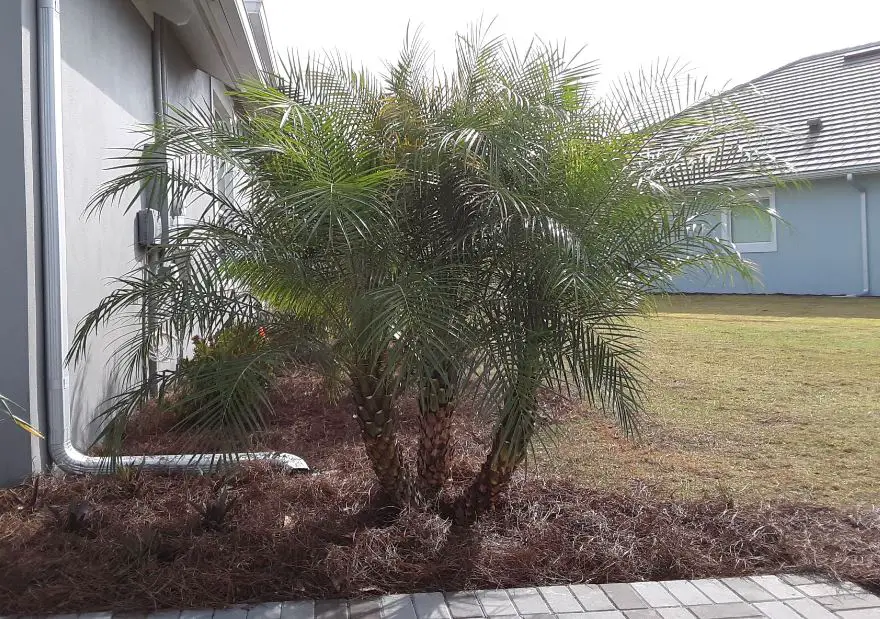The pygmy date palm tree may be grown by gardeners looking for a specimen to complement their yard or house. Growing pygmy palms is generally easy if the circumstances are right. However, trimming pygmy palm trees is sometimes important to keep their development under control, particularly in smaller settings.

Information About Pygmy Date Palms
Phoenix roebelenii, often known as the pygmy date palm tree, is a large family with more than 2,600 species that may be found in tropical and subtropical environments all over the globe, making it more significant than its name would imply. Several interiorscapes and commercial plantings employ pygmy palms because of their beautiful shape and 6 to 10-foot height (1.8-3 m.).
Due to the typically delicious, saccharine fruit flesh found in some species of Arecaceae, this genus is known as a date palm, according to data on the pygmy date palm. A tiny section of the Arecaceae family, which includes roughly 17 species, is covered by its genus, Phoenix.
Date a pygmy Little, yellow blossoms on palm trees give birth to tiny, purple dates born on a slender, lone stem covered in rich green fronds, which form the tree’s crown. The stalks of the leaves also develop little thorns.
Growing Pygmy Date Palm Trees
As a result of its Southeast Asian origins, this palm tree flourishes in USDA zones 10 and 11, which are similar to those regions of Asia.
Temperatures seldom fall below 30 degrees Fahrenheit (-1 degrees Celsius) in USDA zones 10 and 11. However, the tree has been reported to live in USDA zone 9b (between 20 and 30 degrees Fahrenheit, or -6 and -1 degrees Celsius) without extensive frost protection. Yet, in the Midwest’s summer, pygmy palms may thrive in containers on a deck or patio. But, before the first frost, they must be brought inside for the winter.
Pygmy date palm trees are found near riverbanks, where they are exposed to the sun to partial shade. So, for them to grow, they need a lot of watering and rich organic soil.
A Pygmy Date Palm’s Care
Pygmy date palms need frequent watering and should be planted in sandy, well-drained soil in a location with full sun to complete shade. The tree may experience magnesium or potassium insufficiency with symptoms like chlorotic or spotted fronds when cultivated in soil with a pH above 7.
The majority of pygmy palms are disease and pest resistant, and they can withstand modest amounts of dryness. Nevertheless, they may get a leaf spot and bud rot.
Pygmy Palm Tree Pruning
The pygmy palm tree’s up to 6-foot (1.8) long fronds may need to be controlled occasionally. Pygmy palm tree pruning is a simple process involving routinely removing damaged or old leaves.
While this palm reproduces via seed dispersion, other upkeep of the tree may include some cleanup of dead leaves or pruning of offshoots.

